I sort of stumbled on this show at the Kunstraum Kreuzberg/Bethanien, going to an artists talk in the hope of improving my German, though in fact – as has been the case a couple of times now - it was held in English. I wandered round the show before the talk started: looking at the work, looking at the labels. A rectangle of Felix Gonzalez-Torres silver shiny sweets here, a Vija Celmins painting of a bar heater there, a drawing by On Kawara that well, frankly, didn’t have the precision and simplicity I expect in his work, a stripy piece of fabric billowing from the force of a portable fan which looked like it was imitating Daniel Buren but, kind of on the cheap. In between there were works by artists I hadn’t heard of, the new generation walking in the footsteps of their artist heroes. Some directly responded to the more famous pieces, others did so more tangentially, through common themes and interests and imagery.
I’ll admit it wasn’t until the artists talk that I really knew what was going on. I did wonder as I walked around the gallery. Some pieces weren’t quite right, they weren’t what I expected from the art names on show. Then there was the fact that the show was held in a small gallery in a studio building. This is not the place where I would expect to come across works by famous artists (it seems I am a little obsessed with the value of art at the moment, but I'm sure it'll pass). It is not a place I would want work to be on show if, as a collector, I had valuable pieces to lend. Something wasn’t quite right, the show didn’t feel quite what it purported to be. And yet I listened with interest to the John Cage recordings, as one of my own art-world heroes, of works the length of cello strings. Pieces I hadn’t heard of before.
At the talk the façade was stripped away. Those big name works weren’t at all that, they were created by the exhibiting contemporary artists who were each asked to make a piece by an artist they admired to show alongside their own work. The copies were labelled as by the imitated artist, but coming from the collection of the imitator. Fakes. Unoriginals.
I am really not sure how I feel about the show. One thing is for sure, that it has niggled me, and I have been back to see how I respond a second and a third time. On the one hand, I like the provocation against the critical value we infuse in a work based on the artists’ name. It is a poke at that sideways glance we all do – I can’t help myself no matter how hard I try not to look - to the label. And the change that occurs in the way we perceive the work once we’ve done so and we see a name we recognise. A name shouldn’t affect our response to an image, but through the context it provides it does. We infuse meaning in a name that others have valued through art purchases and promotion.
At the talk the façade was stripped away. Those big name works weren’t at all that, they were created by the exhibiting contemporary artists who were each asked to make a piece by an artist they admired to show alongside their own work. The copies were labelled as by the imitated artist, but coming from the collection of the imitator. Fakes. Unoriginals.
I am really not sure how I feel about the show. One thing is for sure, that it has niggled me, and I have been back to see how I respond a second and a third time. On the one hand, I like the provocation against the critical value we infuse in a work based on the artists’ name. It is a poke at that sideways glance we all do – I can’t help myself no matter how hard I try not to look - to the label. And the change that occurs in the way we perceive the work once we’ve done so and we see a name we recognise. A name shouldn’t affect our response to an image, but through the context it provides it does. We infuse meaning in a name that others have valued through art purchases and promotion.
Art is seen as a progression, reinventing itself with each new generation. As an artist we look at the works of these who came before us and are asked to present our practice in the context of the history in which we work. As students most of us start off more or less directly imitating while we learn. I have gone back to sketching works in museums, as it allows me a more in-depth analysis of the compositional elements, usually when I don’t copy the relationships between one another quite right. Copying activates looking, and was the way that students learnt when apprenticed to past art masters. Ultimately, though, we are expected to develop our own style, our own ‘language’ to stand in conversation with art history, and to differentiate our work for market.
It is, though, a show for art insiders. Without recognising the homage or the names, it is just another mixed-media exhibition. I’m not sure how the artists and gallerists wanted the audience to respond. Did they want us to be in the know as we walked around or to accept the show at face value? The gallery assistant I spoke to was ambivalent but thought it important that I looked around first before I read the explanatory text. A number of reviews of the show took the labels and press notice earnestly, which seemed to have embarrassed the gallery’s director. To commit fraud the deceit has to be flawless and remain undetected. However, to be a provocation the viewer has to know that they are being provoked, and how and why. With a little prodding, I got there and while I didn't particularly like or covet the pieces, the show as a whole got me thinking.
Tomorrow it’s time for the future – Talente und Vorbider. Berlin – New York was at the Kunstraum Kreuzberg/Bethanien, Berlin, from 7 September to 20 October 2013.
This post was first published on my Reside Residency blog
It is, though, a show for art insiders. Without recognising the homage or the names, it is just another mixed-media exhibition. I’m not sure how the artists and gallerists wanted the audience to respond. Did they want us to be in the know as we walked around or to accept the show at face value? The gallery assistant I spoke to was ambivalent but thought it important that I looked around first before I read the explanatory text. A number of reviews of the show took the labels and press notice earnestly, which seemed to have embarrassed the gallery’s director. To commit fraud the deceit has to be flawless and remain undetected. However, to be a provocation the viewer has to know that they are being provoked, and how and why. With a little prodding, I got there and while I didn't particularly like or covet the pieces, the show as a whole got me thinking.
Tomorrow it’s time for the future – Talente und Vorbider. Berlin – New York was at the Kunstraum Kreuzberg/Bethanien, Berlin, from 7 September to 20 October 2013.
This post was first published on my Reside Residency blog

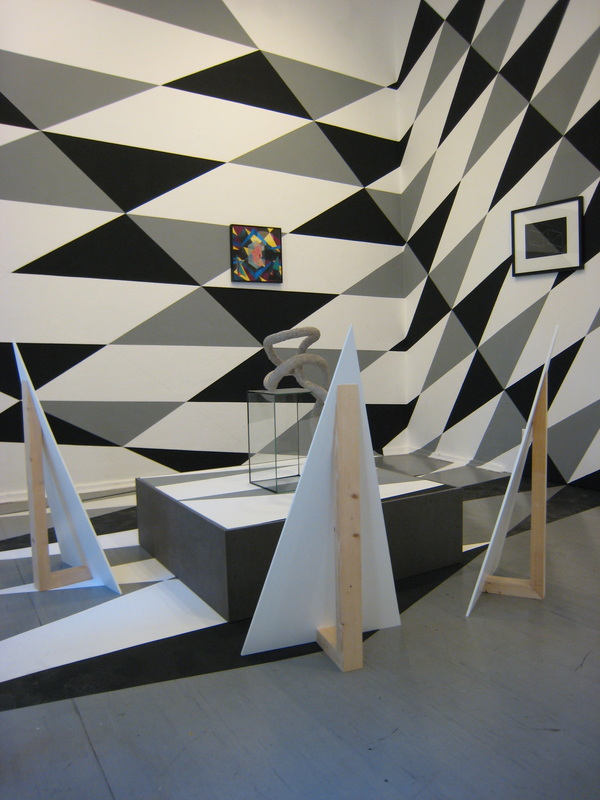
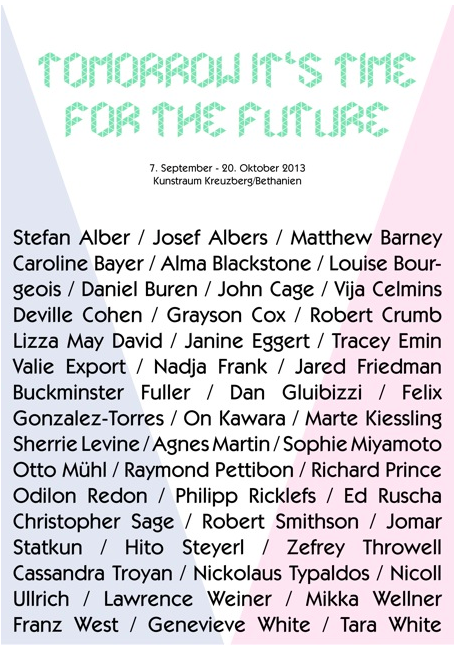
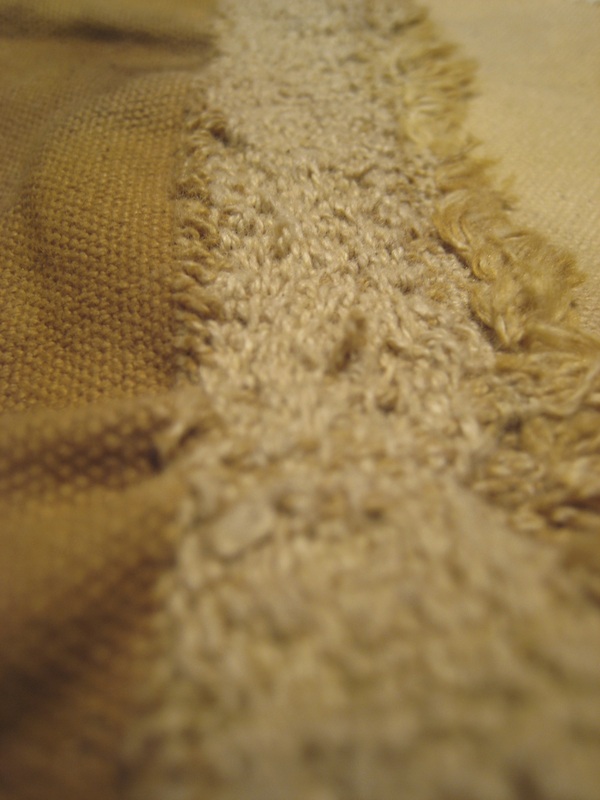
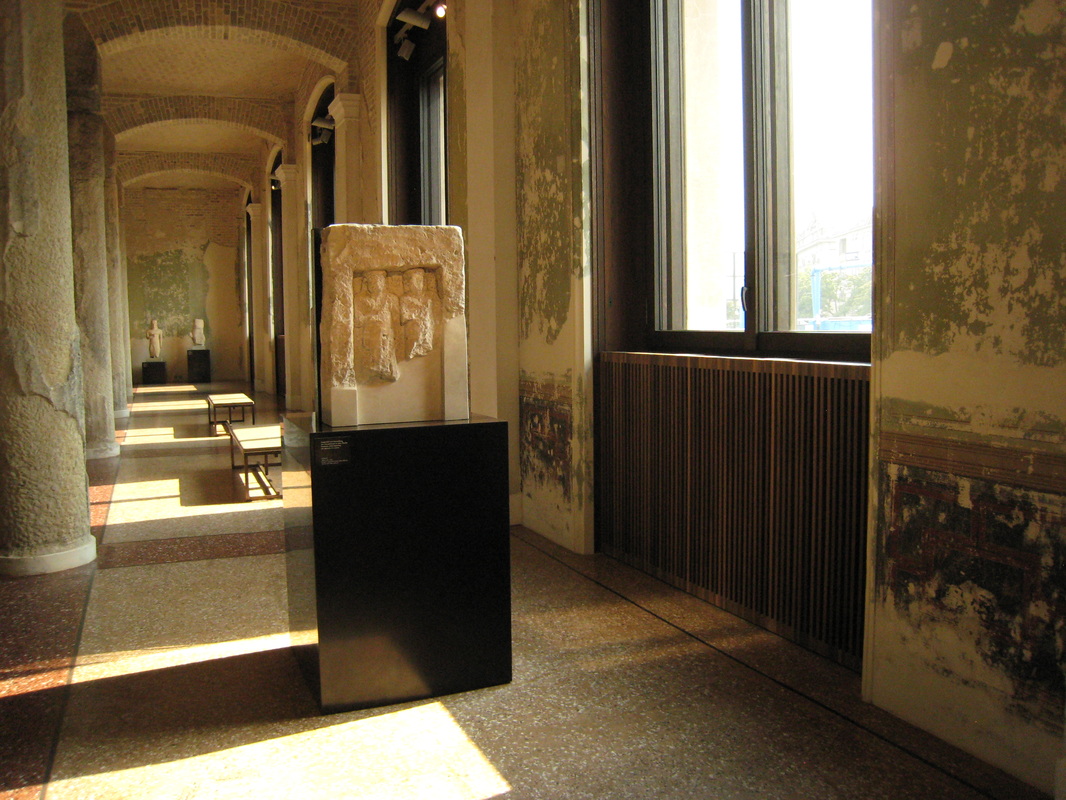
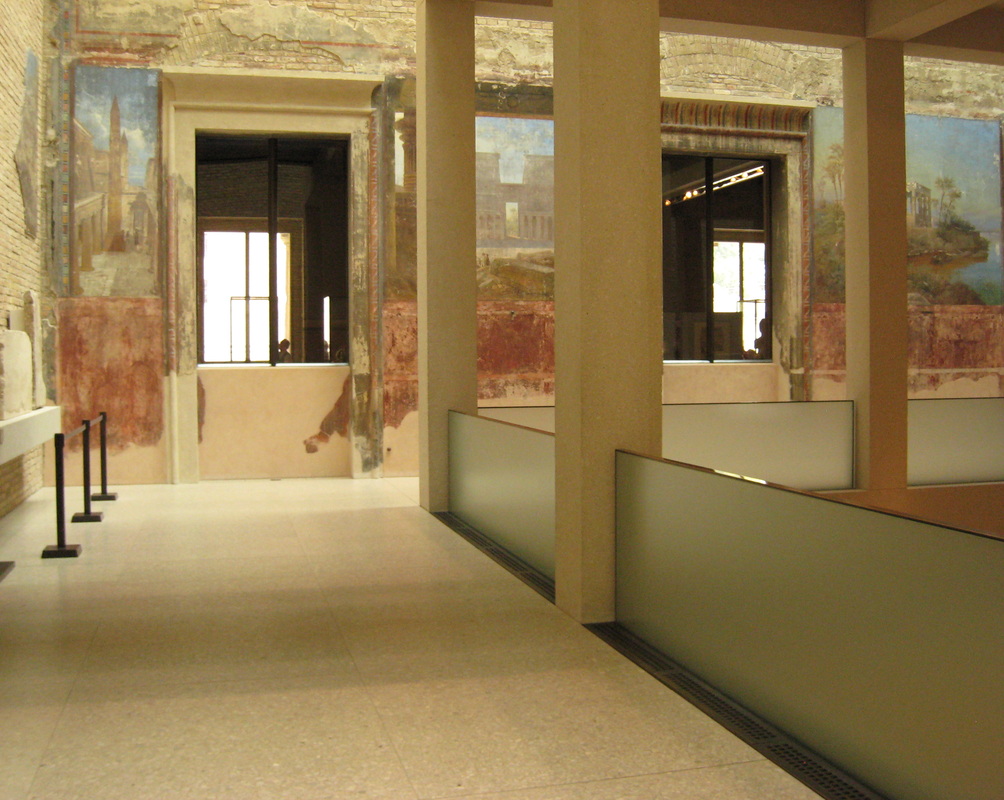

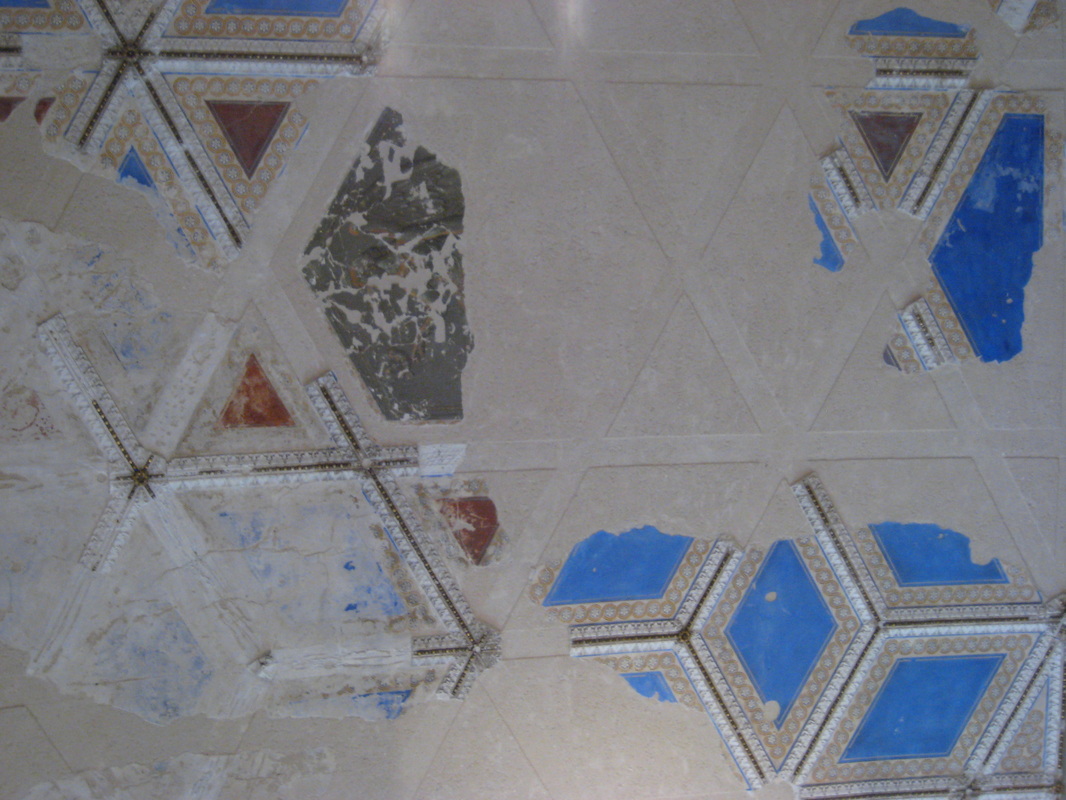
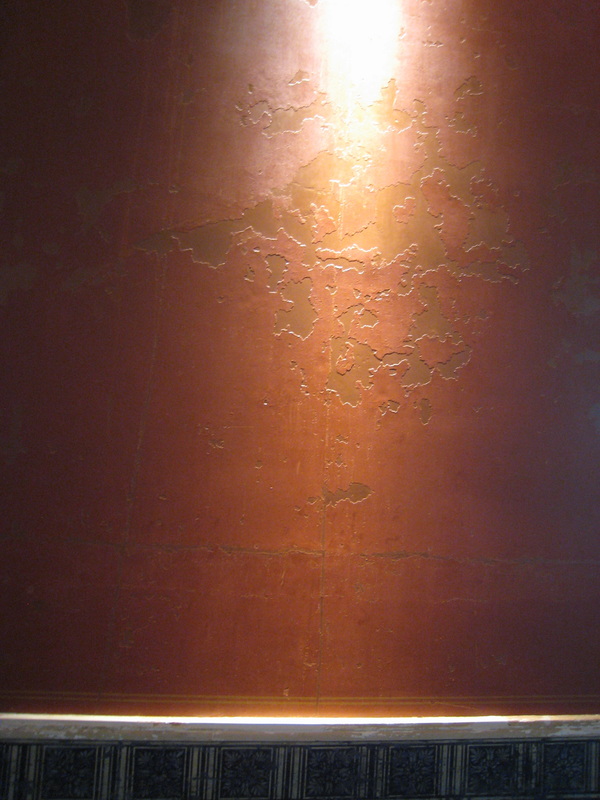
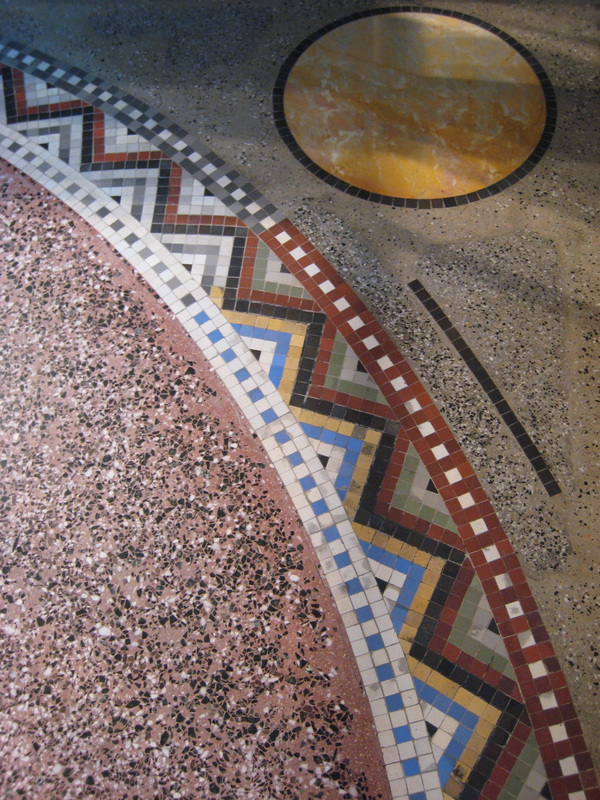
 RSS Feed
RSS Feed
